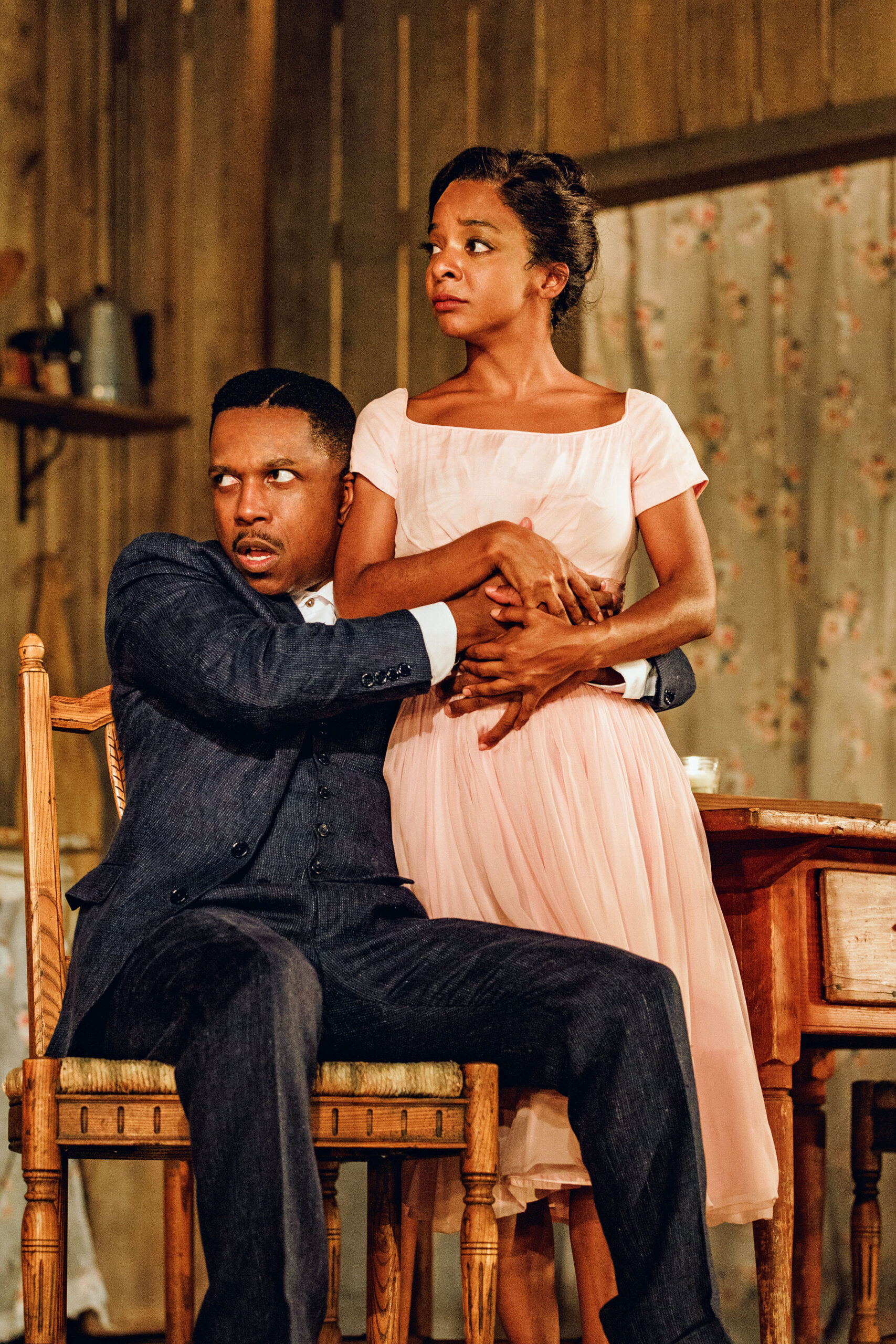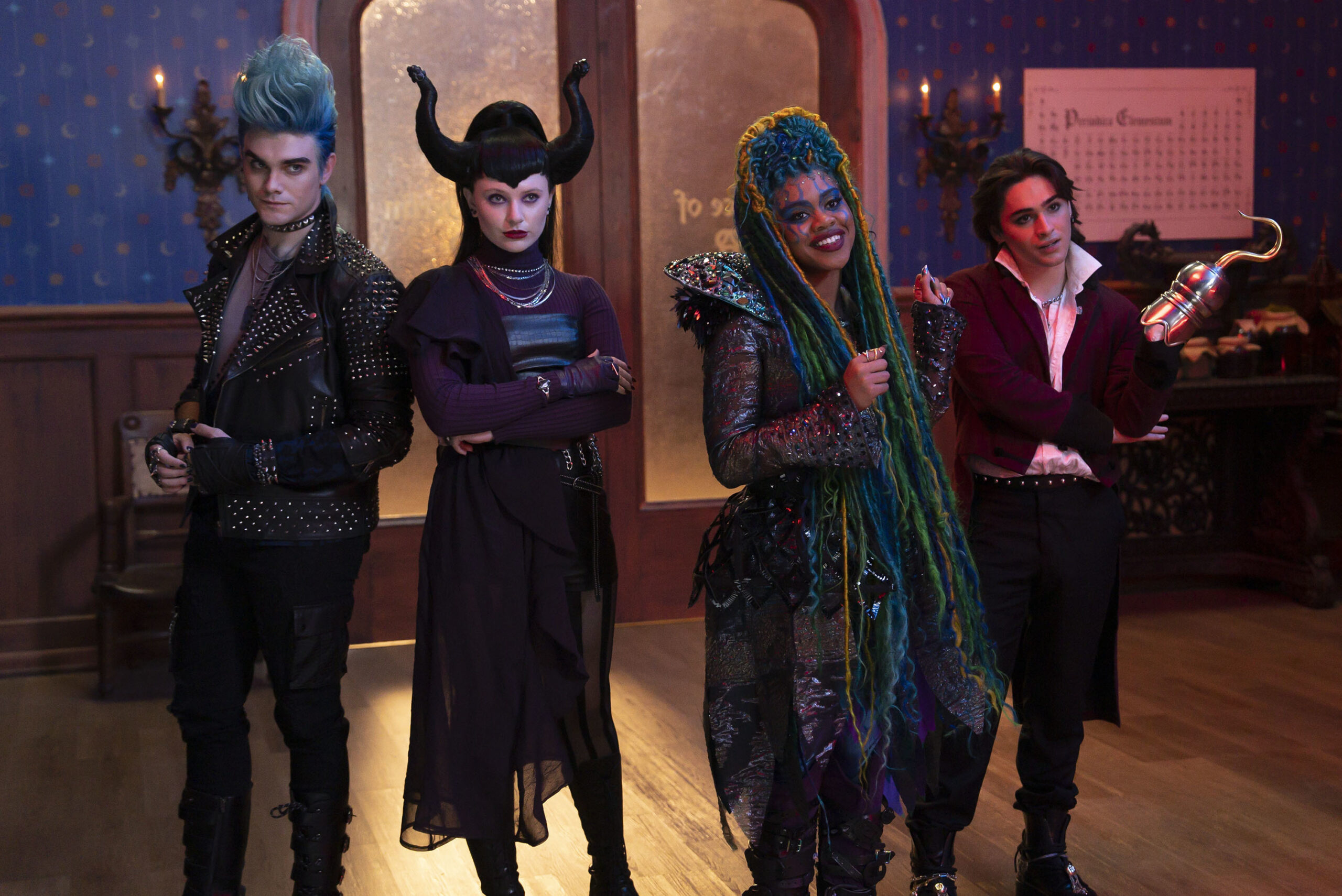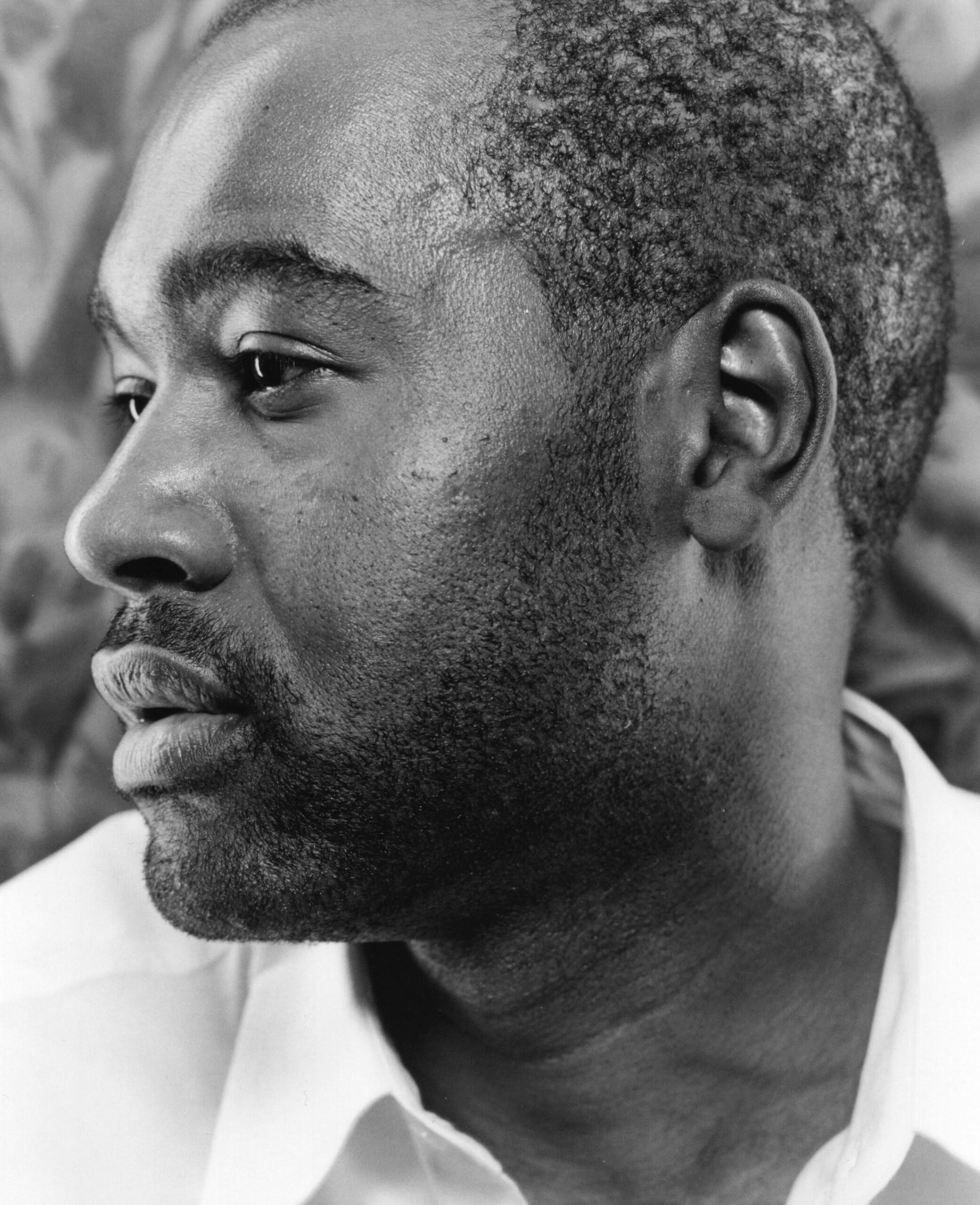Fashion meets storytelling—Pratt alumnus Emilio Sosa found his place at this intersection while he was a student and has gone on to make his mark as one of theater’s foremost costume designers. Sosa debuted on Broadway with Suzan-Lori Parks’s celebrated play Topdog/Underdog and went on to design for productions including The Gershwins’ Porgy and Bess; Trouble in Mind; Good Night, Oscar; and Ain’t No Mo’, all of which earned him Tony nominations. In one season, he outfitted 94 actors for five Broadway shows in 45 costumes in “a dizzying blur of looks,” The New York Times reported. He has also worked on films like Spike Lee’s Red Hook Summer and Disney’s Descendants: The Rise of Red—and was a contestant on Project Runway and Project Runway All Stars. Following another season of Tony-nominated design, this time for the play Purlie Victorious, and in the thick of work on Shakespeare and a new musical, Sosa shared highlights from his practice and the growth of his career.

Photo by Marc J. Franklin
What’s a daily practice that prepares you for your work?
I clean my work area of past projects. I’m naturally a messy worker, but I always need a clean space to start daily, which sets the tone for my day. References found through my research of a project provide inspiration for my work, and this can be captured by a piece of music I play in the background, a passage in a script I highlight, or an artist’s portrayal of a character that’s on my mind.
What’s a tool you can’t live without?
My iPad. It allows me to work remotely, and I can find time to sketch or return emails while traveling between projects or between meetings.
When you hit a creative roadblock, what’s your tactic for getting unstuck?
I go to the gym. It’s my therapy. It’s calming and it forces me to focus on my wellness, which can often become secondary when working long hours on many projects. Preparation and execution of work can naturally become consuming, and it’s important to recognize when it’s time to take a break so you can approach work with a refined perspective and clear sense of direction.
Where do you creatively recharge?
I love being on or near water. The ocean, lakes, rivers, they are my happy place. I always feel better after.
What’s the most inspiring place in NYC for you?
125th Street in Harlem. It’s forever changing. My first apartment was on it, and I remember as a kid my dad drove us from the Bronx to visit his brother who lived on Broadway. It was a rolling movie of sights and sound reflective of the community’s rich culture.
Who’s the first designer you connected with?
Yves Saint Laurent. He was the first French designer to use models of color, and that caught my eye, early in my development. Also, his use of color and art references were incredible.
“I get to collaborate with the best people in the world, and the excitement of starting something new reaffirms my passion for the work.”
Emilio Sosa
Who’s a major influence for you today in your work?
Depends on the projects I’m working on. Currently, I’m designing a production of Romeo and Juliet at Harvard and a Muhammad Ali-based musical in Chicago, so my brain is in two very different worlds aligned with major icons—Shakespeare and Ali.
What’s a career challenge you’re glad you took on?
My first real job was touring with the Alvin Ailey Dance Company as the assistant wardrobe supervisor: two things I had not [yet] done at the time. It changed my life creatively and I learned how to design for touring productions, which can present a host of challenges.
Is there a “failure” that turned into a breakthrough?
We’ve all worked on projects that didn’t go as far as we hoped, but in the process you meet great fellow artists, and that’s always the breakthrough. Being able to build and nurture relationships with other creatives is always inspiring.
What’s your favorite part of your job?
I get to collaborate with the best people in the world, and the excitement of starting something new reaffirms my passion for the work.

Disney/Quantrell Colbert
What’s the best part of working in theater?
How transformative it is. Storytelling has been with us since the beginning of time, it’s about building a community. Having the opportunity to educate and inspire people is a responsibility that I take very seriously. Audiences will always leave a show changed for the better through the work of countless creatives who are passionate about the art form.
What do you hope people will take away from your work?
I want the work to disappear and the characters and stories to become real. If this is accomplished, then I have done my job.
What are you most looking forward to this year?
I learned to be grateful and be in the moment—so I am just enjoying the present and all the opportunities that I currently have on my plate. The business can often require you to be looking toward the next project, but I have intentionally made an effort to live in the now.
What piece of advice would you give a young designer, in or out of the theater world?
Say yes to all opportunities. If you’re lacking in an area, educate yourself. Don’t stop learning, and be willing to take criticism and feedback, because it’s always instrumental in helping push you as a creative.
What would you tell a young designer asking: What should I read/look at/watch right now?
All of the above! Read everything, listen to it all, absorb the world you live in and the history of its past. There are always connections between the familiar and unknown.
As a mentor, is there a question you always ask your mentees?
Do you love it? How committed are you to your career? Theater is tougher than people think. You have to be strong.
What’s a mantra or piece of advice you live by?
We’re all unique and special. Be the best version of yourself and lean into your strengths.![]()
